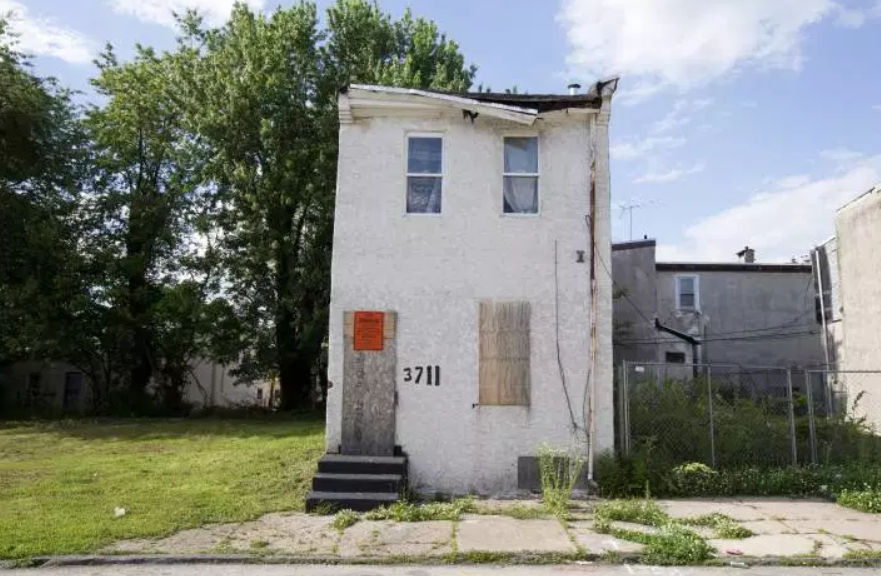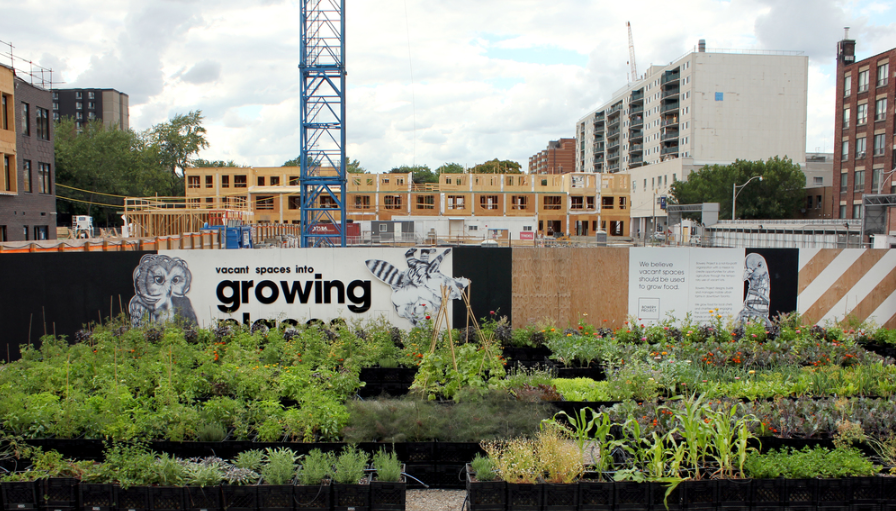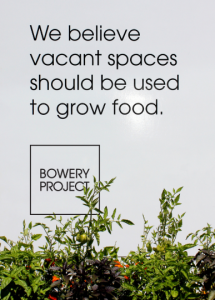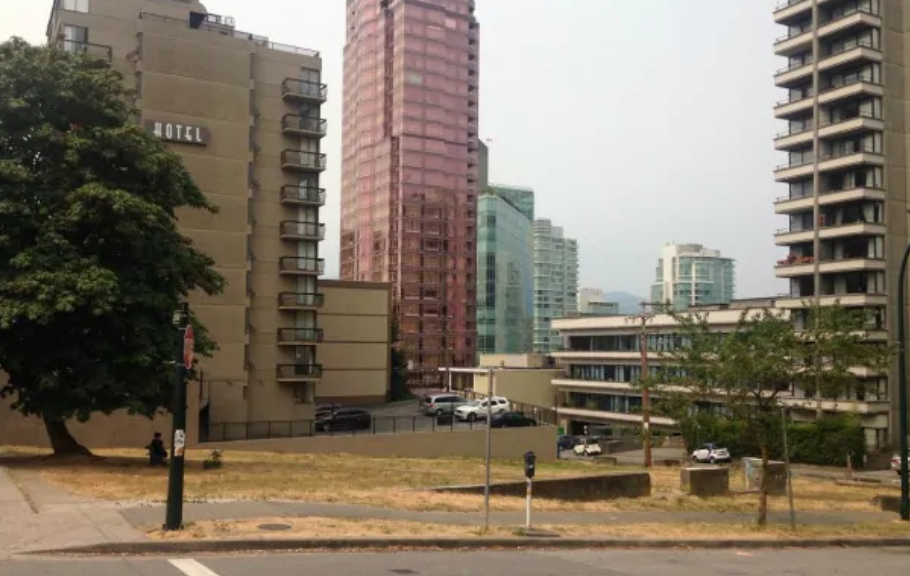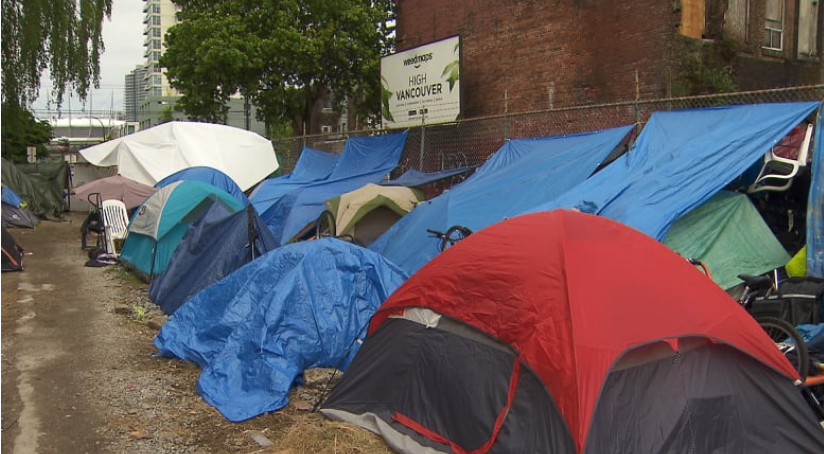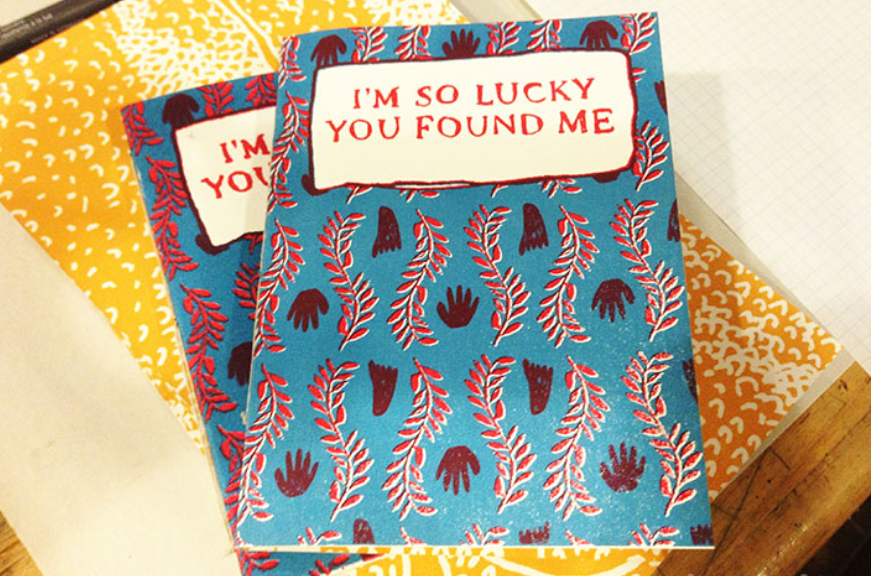On April 28, 2017, the site of a former vacant city-owned property was given new purpose: Tent-City. Unfortunately, this was not a temporary use accepted by the City. Perhaps an aesthetically pleasing art installation would have garnered more positive attention.
The City of Vancouver sought an injunction to have the tent city removed. However, Justice Neena Sharma dismissed the City’s application concluding that the safety and stability of the occupants outweighs the potential ham to the City.
The City cited development plans as the reason for requesting immediate removal of the tent city occupants. The site has been vacant for two decades with no activity to speak of. In fact, a tent city was erected on the very same site a decade ago.
What is the City doing about its vacant sites ? Spending public resources to keep them out of the public’s reach.
It’s time for Vancouver to create a policy and strategy regarding vacant city-owned sites the reduces inequality and enables access to land.
Watch CBC’s A walk through Main Street’s tent city
Read the court’s decision: Vancouver (Vancouver) v Wallstam, 2017 BCSC 937
